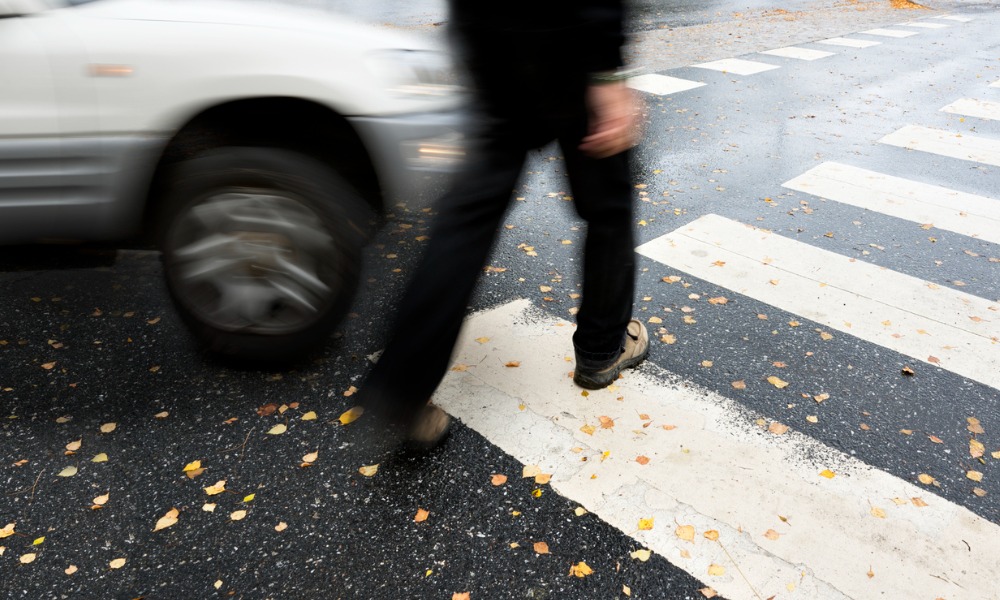
Deceased was intoxicated and entered roadway seeking help after running out of gas on rural road

In a recent ruling, the Alberta Court of Appeal upheld a driver’s claim for psychological injury following a motor vehicle accident.
In Plante v Administrator of the Motor Vehicle Accident Claims Act, 2024 ABCA 156, Verna Baptiste’s vehicle ran out of gas on a rural highway at night. Under the influence of alcohol, she exited her vehicle and entered the roadway to seek help, where she was fatally struck by another vehicle.
The respondent, who was driving the vehicle that hit Baptiste, subsequently sued her estate for compensation due to the psychological injuries he suffered, including post-traumatic stress disorder.
Baptiste did not have motor vehicle liability insurance, and her estate was noted in default. Under the Motor Vehicle Accident Claims Act, individuals who recover a judgment for bodily injury from motor vehicle use can apply for payment from the administrator. The respondent notified the administrator, who then defended the action.
At a summary trial, the judge concluded that the respondent’s claim was covered under the act because his injuries arose from Baptiste’s use or operation of her vehicle. The administrator appealed this decision, arguing that the judge erred in fact and law, particularly in finding an unbroken chain of causation linking Baptiste's actions to the respondent’s injuries and relying on outdated case law.
The court noted that sections 4(1) and 5(1) of the act were central to the case, specifying that damages for bodily injury must arise out of the use or operation of a motor vehicle. The two-part test for coverage includes determining whether the vehicle was used for an ordinary activity and if there was an unbroken chain of causation linking the injuries to the vehicle’s use.
The administrator contended that the trial judge misapplied the law and argued that the connection between Baptiste’s use of her vehicle and the respondent’s injuries was too remote. However, the Court of Appeal disagreed, affirming that the chain of causation was clear. Baptiste’s use of her vehicle to transport herself to the location and her subsequent actions were within the expected use of a highway, evidenced by the respondent's reduced speed and awareness of the parked vehicle with hazard lights.
Ultimately, the court dismissed the appeal, maintaining the ruling that the respondent’s claim fell within the scope of the act due to the unbroken chain of causation linking Baptiste’s vehicle use to the injuries suffered.